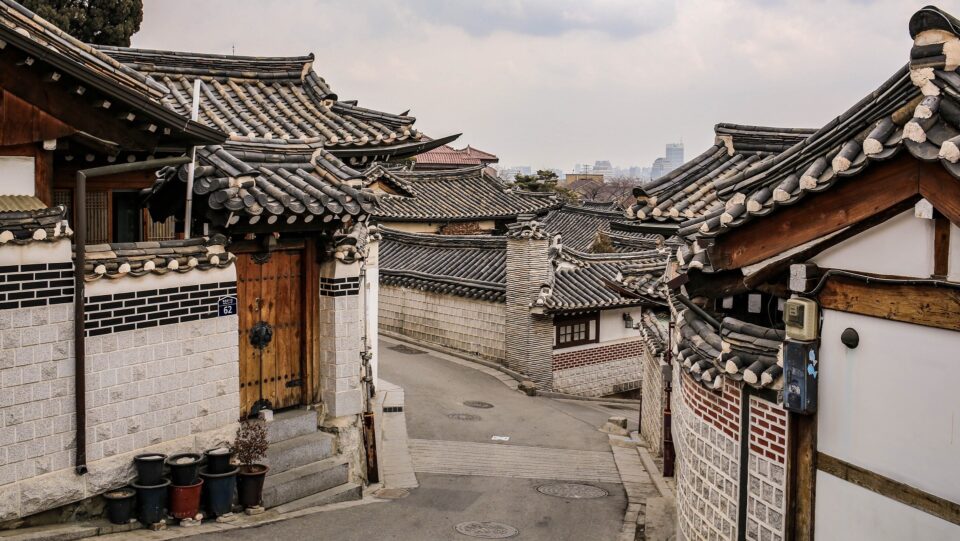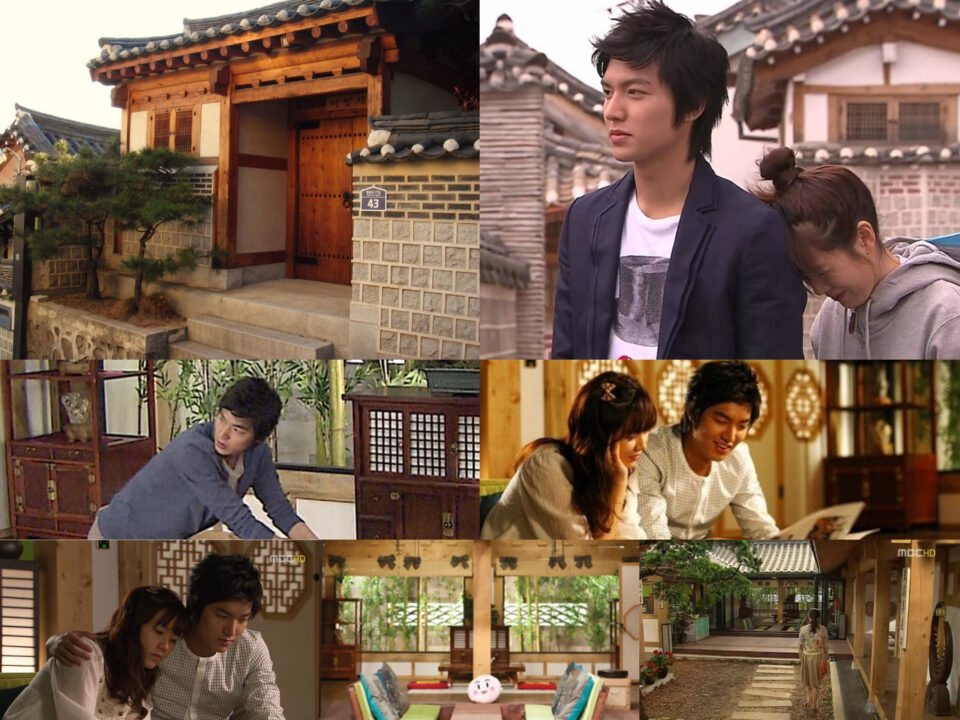Hanok Houses Through the Lens of K-Dramas
Hanok is said to be firmly rooted in Confucian thoughts; it’s a physical embodiment of Korea’s cultural heritage and surely a tangible link to its past

Hanok is essentially a house with a thatched tile roof, lined and embellished with material frames that mix exquisite design, a solid connection with nature, and rich history, evocative of Korea’s distinct cultural and environmental facets. Photo by Herbert Lee from Pixabay.
Hanok (the traditional Korean house) was slowly paling into insignificance with booming demand for modern living spaces, but thanks to the proliferation of Korean popular culture, K-dramas in particular—often featuring Hanok in celebration of Korean tradition, architecture, and heritage—have brought about a resurgence of interest in it, creating new opportunities for Hanok’s revival.
Hanok initially hooked me in from watching Personal Taste, Lee Min-ho, and Son Ye-jin’s classic K-drama. It’s about a driven, organized architect, Jeon Jin-ho (Lee), posing as gay and falling for a messy, lethargic furniture designer, Park Kae-in (Son), while living under the same roof—a trendy revamped Hanok, Sanggojae (built by Kae-in’s father), a part of which Jin-ho rents out for a reason.

Sanggojae, in my mind, plays an important role in the drama as a setting for crucial moments and the growth of their relationship. The Hanok for real goes by the name Rakkojae, a guest house in Bukchon Hanok Village, a residential neighborhood in Jongno District, Seoul, South Korea, per an article in Korea JoongAng Daily. It reveals that Rakkojae, true to its meaning, “a place to enjoy tradition,” and fun cultural programs—like tea ceremonies, painting sessions, lessons on Korean musical instruments, and making kimchi—offer an insight into the life routines of aristocrats from the Joseon era.
A Hanok is essentially a house with a thatched tile roof, lined and embellished with material frames that mix exquisite design, a solid connection with nature, and rich history, evocative of the nation’s distinct cultural and environmental facets. Its well-thought-out design provides warmth and well-being. The most optimal heating and cooling exists through the spacious areas within the house, readying it for severe temperatures. This inventive utilization of ambient techniques explains the Hanok’s eco-friendliness.
The most common Hanok shape was an L structure, which fused northern and southern architectural elements. Hanok shapes varied based on location, climate, and social standing. These Korean homes have been warm for ages thanks to the Ondol, an integrated underfloor heating system—one of the Hanok’s most intriguing attributes. Traditional Korean architecture frequently used wood smoke for heat transmission, for heating the inner layer of a thick floor. Modern Korean homes often employ the same technology as traditional Hanoks to stay warm.
Hanok, as seen in historical K-dramas like The Jewel in the Palace (2003), Moon Embracing the Sun (2012), Love in the Moonlight (2016), 100 Days My Prince (2018), The Tale of Nokdu (2019), Rookie Historian Goo Hae-ryung (2019), or The Red Sleeve (2021), among many others, is a peek into the timeless elegance and utility of these masterpieces of architecture. They encapsulate the fundamentals of beauty, things like the fading moonlight flowing into the space through a beautiful window, the bright airy landing that embraces sunlight, the handcrafted gorgeous frames, and the defined contours and curves that are a hallmark of the dazzling Hanoks.

Hanok, shown in K-dramas, is in reverence of Korean architectural heritage and a bid to preserve the legacy of these beautiful homes for future generations. In addition to Bukchon Hanok Village, there’s also Jeonju Hanok Village, Namsangol Village, Hahoe Village, Gyochon, and Yangdong Folk Villages where you can spot Hanok in abundance. The majority of them, so I’ve been told, were dwellings with south-facing facades that improved the Hanoks’ practicality and comfort.
Cluing up more on Hanok as I keep admiring it for its sheer beauty, I discover that its structural materials are sustainable, including stones, soil, wood, clay, and paper. The Korean paper Hanji, steeped in bean oil, is what makes those striking doors, windows, and flooring breathable. Plus, the layout and its various features are said to be firmly rooted in Confucian thoughts, with the spatial arrangement done in a way reflecting social factors and family structure, making it a physical embodiment of Korea’s cultural heritage and surely a tangible link to its past.



